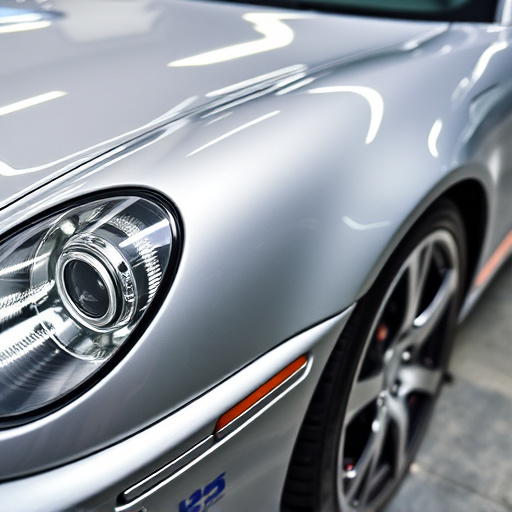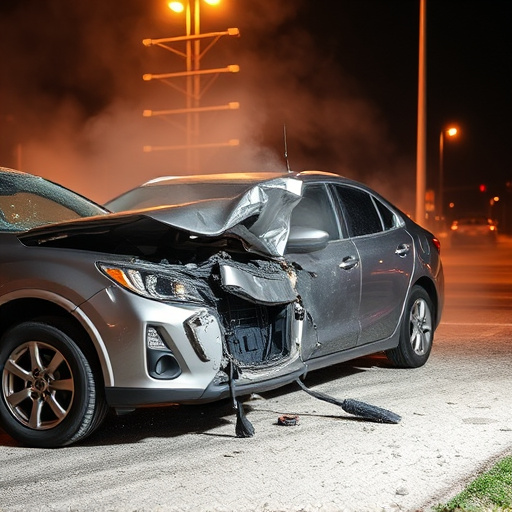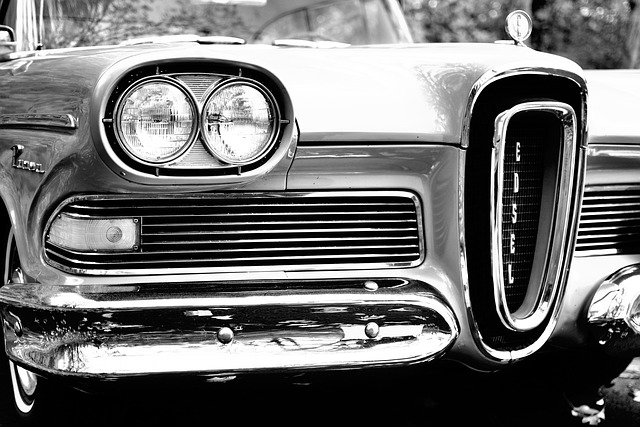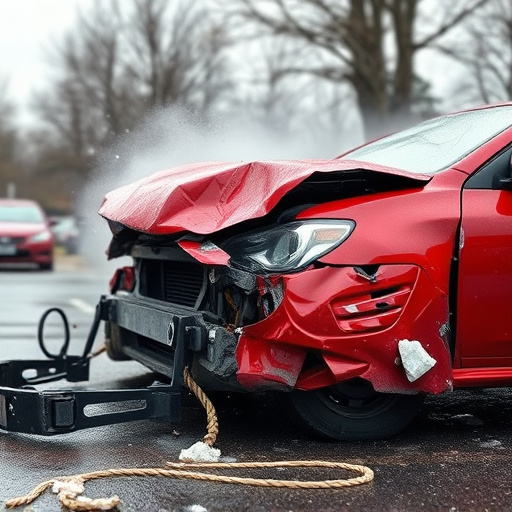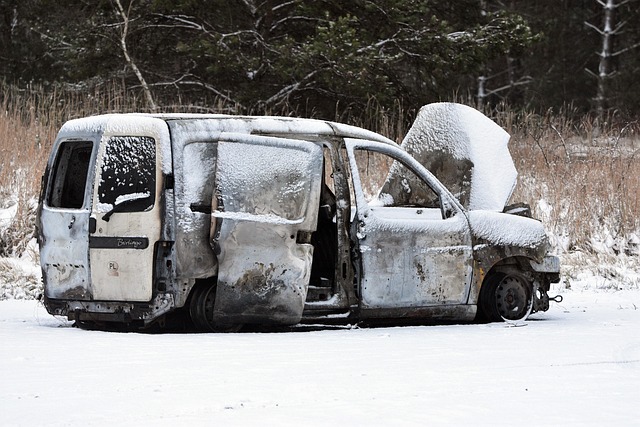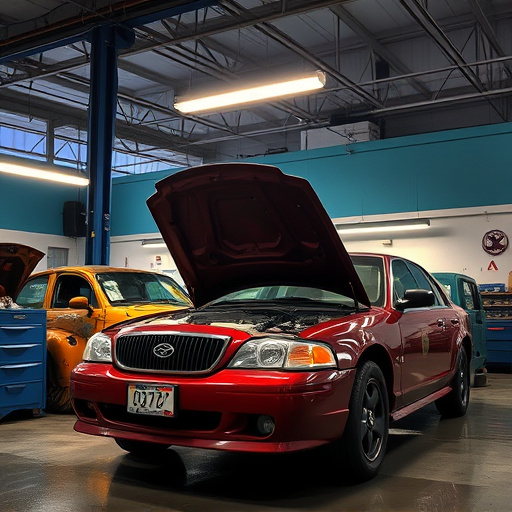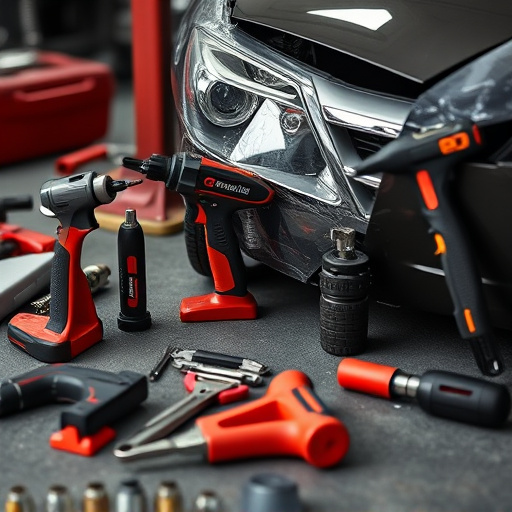Insurance-certified repairs are essential for post-accident vehicle safety, structural integrity, and resale value. Certified technicians use advanced tools and techniques, adhering to stringent industry standards and environmental regulations. Selecting a reliable facility with proven track record, positive reviews, and verified certifications ensures quality and safety. Understanding and utilizing insurance-certified repairs maximizes policy benefits, prevents disputes, and provides valuable documentation for future claims.
Unleash the power of insurance-certified repairs and navigate your claims process like a pro! This article reveals seven essential secrets to effectively utilizing certified repair facilities. From understanding stringent industry standards to selecting trustworthy options, we demystify the process. Learn how to maximize policy benefits, ensuring your vehicle returns to its pre-accident condition. Discover the importance of certified repairs in ensuring safety, quality, and cost savings—your ultimate guide to a seamless restoration.
- Understanding Insurance-Certified Repair Standards
- Selecting Reliable Certified Repair Facilities
- Maximizing Your Policy's Coverage Benefits
Understanding Insurance-Certified Repair Standards
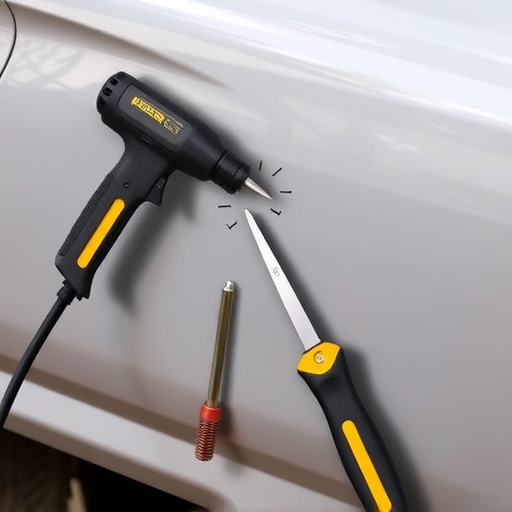
Insurance-certified repairs are a crucial aspect of ensuring your vehicle’s safety and value after an accident. To leverage these repairs effectively, it’s essential to understand the standards set by insurance companies. These standards are designed to guarantee that all work is performed to a high level of precision and using approved methods. For instance, in cases of hail damage repair or paintless dent repair on a Mercedes Benz, certified technicians adhere to specific guidelines to ensure the original finish and structural integrity are maintained.
By opting for insurance-certified repairs, you can rest assured that any replacement parts used, such as body panels or finishes, meet the required safety and quality standards. This also includes adhering to environmental regulations during the process. Whether it’s a simple dent removal or a more complex repair like a fender replacement, certified technicians are trained to use advanced tools and techniques, ensuring minimal disruption to your vehicle’s original design and maximizing its resale value post-repair.
Selecting Reliable Certified Repair Facilities
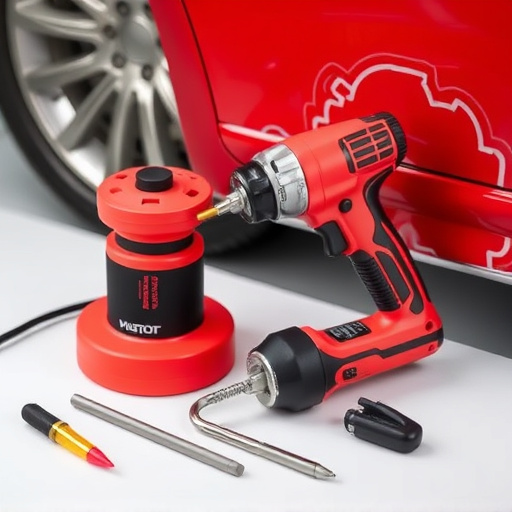
When it comes to ensuring quality and safety with insurance-certified repairs, selecting a reliable certified repair facility is paramount. Look for facilities that are not just licensed but also have a proven track record of excellence in auto body repairs, collision repair services, and fender repair. Check online reviews, ask for references, and verify their certifications to ensure they meet industry standards. A reputable facility will employ trained professionals who understand the intricacies of modern vehicle repair techniques and technologies.
Additionally, reliable certified repair facilities often offer comprehensive services, from initial damage assessment to final inspection. They use original equipment manufacturer (OEM) parts, ensuring that your vehicle retains its original integrity and safety features. These facilities also adhere to strict quality control measures, guaranteeing that every repair is executed with precision and meets insurance requirements. This not only ensures the best possible outcome for your vehicle but also simplifies the insurance claim process.
Maximizing Your Policy's Coverage Benefits
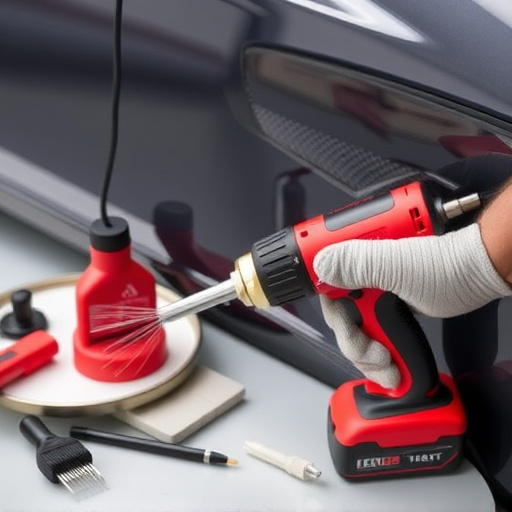
Maximizing your policy’s coverage benefits starts with understanding what constitutes insurance-certified repairs. These are services performed by certified professionals adhering to strict industry standards, ensuring quality and safety. By choosing such repairs for car scratch repair, bumper repair, or collision repair, you tap into the full potential of your insurance coverage.
This approach not only guarantees that your vehicle is restored to its pre-incident condition but also prevents any potential disputes with your insurance provider. Insurance-certified repairs come with detailed documentation and certifications, which can be crucial in case of future claims or if you need to prove the work done was comprehensive and up to par.
Insurance-certified repairs are a crucial aspect of ensuring your vehicle’s safety and maximizing policy benefits. By understanding repair standards, selecting reliable facilities, and making informed choices, you can effectively navigate the claims process and restore your vehicle to pre-accident condition. Remember, knowledge is power when it comes to insurance-certified repairs, empowering you to make sound decisions for a seamless experience.



